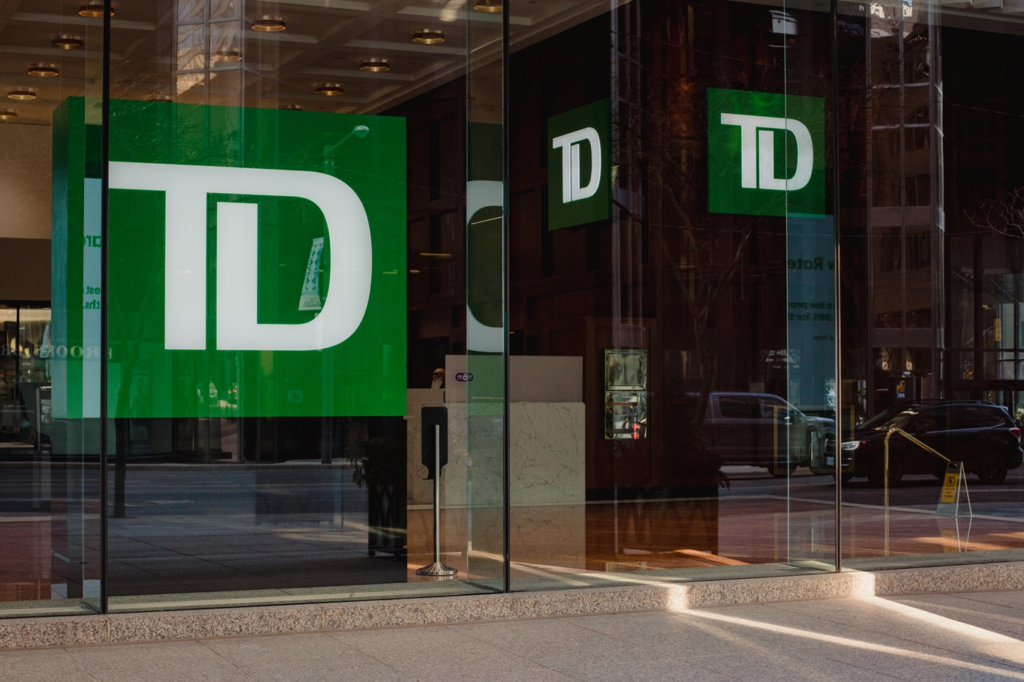- TD Bank will close 51 East Coast branches in January 2026, deepening reduced in-person banking across New England.
- Closures follow prior rounds and a digital-first push, forcing longer drives and more reliance on apps in rural areas.
- Closures occur amid reputational damage from a $3 billion money-laundering settlement and increased regulatory scrutiny.
BOSTON — As TD Bank continues its push toward a more digital-first model, the Canadian banking giant announced plans this week to shutter 51 branches across the East Coast, with significant ripple effects in New England communities already grappling with reduced in-person banking options.
The closures, set for January 2026, will impact Massachusetts, Vermont, Connecticut, and neighboring states, leaving local residents and small business owners to navigate longer drives or app-based alternatives in an era when trust in big banks feels increasingly fragile.
The FrankNez Media Daily Briefing newsletter provides all the news you need to start your day. Sign up here.
In Massachusetts alone, six locations are on the chopping block, including the TD Bank branch at 390 Main St. in Hyannis on Cape Cod, a spot that’s been a fixture for seasonal visitors and year-round locals alike.
Other affected spots include branches in Pittsfield, Worcester, and Springfield, bringing the total Massachusetts closures this year to at least 12 when combined with earlier rounds in June.
Vermont will lose two branches — in Woodstock and St. Johnsbury — down from 31 current locations statewide, while Connecticut faces three more hits in Torrington, North Branford, and Norwich, on top of two from mid-2025.
New Hampshire and Maine aren’t spared either, with two and three closures respectively, part of a broader wave affecting 12 states and Washington, D.C.
Why Are Banks Closing Branches?

This isn’t TD’s first round of cutbacks in the region. Back in March 2025, the bank filed to close 38 branches nationwide, with 16 of those in New England — six in Massachusetts, four each in Maine and New Hampshire, and two in Connecticut — all timed for June 5.
Those moves followed a similar pattern from 2024, when seven Massachusetts branches shut down amid a stated shift away from underused physical sites.
For communities like Pittsfield or Woodstock, where public transit is spotty and many residents prefer face-to-face service for everything from mortgage advice to small-business loans, the losses compound an already tough transition to online banking.
TD Bank insists these decisions stem from routine assessments of foot traffic, customer preferences, and digital adoption trends, not from its deeper financial woes.
“We also regularly evaluate our network to ensure we’re serving our communities where they need us, which at times results in store closures or relocations to nearby neighborhoods,” the bank said in a statement provided to multiple outlets.
The company added that it plans to open new stores in affected areas “in due course, subject to regulatory approval,” and is offering transition support for impacted employees and customers, who can access over 1,000 remaining U.S. branches or digital channels.
But skeptics in New England — from Boston’s Nubian Square, where TD just opened a new community-focused branch in May despite the cuts, to rural Vermont towns — wonder if these promises hold water amid the bank’s rocky recent history.
That history, of course, traces back to October 2024, when TD Bank became the first major North American bank to plead guilty to conspiracy to commit money laundering, shelling out a record-breaking $3 billion in penalties to U.S. regulators.
The U.S. Department of Justice, Financial Crimes Enforcement Network (FinCEN), and Office of the Comptroller of the Currency (OCC) detailed how, over six years, the bank failed to monitor a staggering $18.3 trillion in transactions — 92% of its total volume from 2018 to 2024 — allowing criminal networks to launder at least $670 million, including funds tied to drug cartels.
The OCC slapped on a $450 million fine alone, plus an asset cap limiting TD’s U.S. growth to $434 billion until compliance improves.
The Bank Has Also Lost Trust
Acting Comptroller Michael J. Hsu didn’t mince words at the time: “TD Bank’s persistent prioritization of growth over controls allowed its employees to break the law and facilitate the laundering of hundreds of millions of dollars. The bank’s blatant risk management failures attracted illicit actors and are egregious and unacceptable.”
The fallout included appointing an independent monitor, Guidepost Solutions, in February 2025 to oversee anti-money laundering fixes.
Even Senator Elizabeth Warren jumped in, criticizing the DOJ in an October 2024 letter for not pursuing harsher charges that could have revoked the bank’s charter, arguing the settlement let TD dodge the full “death penalty” for systemic failures.
These regulatory hammers have created palpable tensions between TD’s cost-cutting executives and the communities — and watchdogs — they serve.
On one side, the bank points to booming digital usage: In its Q3 2025 earnings, TD noted 2,151 North American retail locations but emphasized scalable U.S. retail plans, including a 10% footprint reduction through closures and relocations.
CEO Bharat Masrani, who announced his retirement for April 2025 amid the scrutiny, stressed in an October 2024 call that compliance is “TD’s number-one priority, and my number one priority.”
Frustrations Over Job Losses Also Grows

Yet on the other, local voices in New England highlight the human cost. In Maine’s Houlton or New Hampshire’s Bristol — sites of earlier 2025 closures — residents have voiced frustration over lost jobs and inconvenient access, especially for older customers or those in low-income areas wary of online scams post-scandal.
Analysts like those at S&P Global, who downgraded TD’s outlook to “negative” in May 2024 over risk management lapses, warn that the closures could erode customer loyalty in a competitive market dominated by rivals like Citizens Bank, which is also trimming branches.
Broader industry trends amplify the strain. U.S. banks closed over 2,000 branches in 2024 alone, per federal data, as apps and ATMs handle more routine tasks — but that shift hits hardest in rural New England, where broadband gaps persist and in-person service builds trust.
For TD, the $3 billion hit has forced tough choices: Flat compliance budgets from 2014-2022, as flagged in the plea agreement, prioritized expansion over safeguards, leaving the bank playing catch-up now.
As one compliance expert put it in a post-settlement analysis, “If you think compliance is expensive, try non-compliance” — a lesson TD’s learning the hard way, even as it eyes new openings to soften the blow.
For now, affected customers in Massachusetts, Vermont, and Connecticut are urged to check TD’s locator for nearby options or call 888-751-9000 for assistance.
Whether these closures mark a true pivot to “legendary service” via digital means, or just another chapter in a trust-testing saga, remains to be seen. In New England’s tight-knit towns, the conversation is far from over.
Also Read: Amazon CEO Now Says AI Will Kill Brick and Mortars













